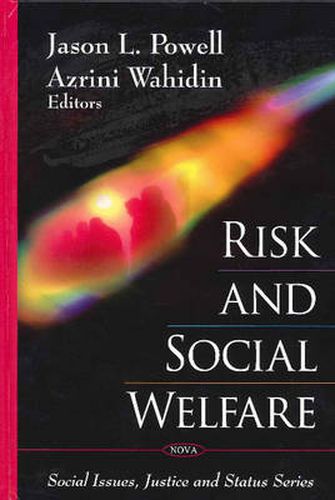Readings Newsletter
Become a Readings Member to make your shopping experience even easier.
Sign in or sign up for free!
You’re not far away from qualifying for FREE standard shipping within Australia
You’ve qualified for FREE standard shipping within Australia
The cart is loading…






This book explores the relationship between risk and social welfare. Traditionally, need has been the major mechanism for allocating resources in public services, and social policy texts have addressed various state responses to social problems and the alleviation of need. However, in a period of state retrenchment and welfare restriction, rationing and targeting have become more intense. This book explores the extent to which, as a result, discourses of risk have replaced ‘need’ as a key principle of social welfare rationing and provision. It begins with an contextual overview of contemporary theories on risk and goes on to critically examine the relevance of risk to social policy and social welfare developments. This is achieved by drawing on recent social policy and case examples from ageing, social welfare, social work, health, crime and criminal justice, medicine, and human security. It is hoped that the book will be of particular use to students, practitioners and policy-makers.
$9.00 standard shipping within Australia
FREE standard shipping within Australia for orders over $100.00
Express & International shipping calculated at checkout
This book explores the relationship between risk and social welfare. Traditionally, need has been the major mechanism for allocating resources in public services, and social policy texts have addressed various state responses to social problems and the alleviation of need. However, in a period of state retrenchment and welfare restriction, rationing and targeting have become more intense. This book explores the extent to which, as a result, discourses of risk have replaced ‘need’ as a key principle of social welfare rationing and provision. It begins with an contextual overview of contemporary theories on risk and goes on to critically examine the relevance of risk to social policy and social welfare developments. This is achieved by drawing on recent social policy and case examples from ageing, social welfare, social work, health, crime and criminal justice, medicine, and human security. It is hoped that the book will be of particular use to students, practitioners and policy-makers.